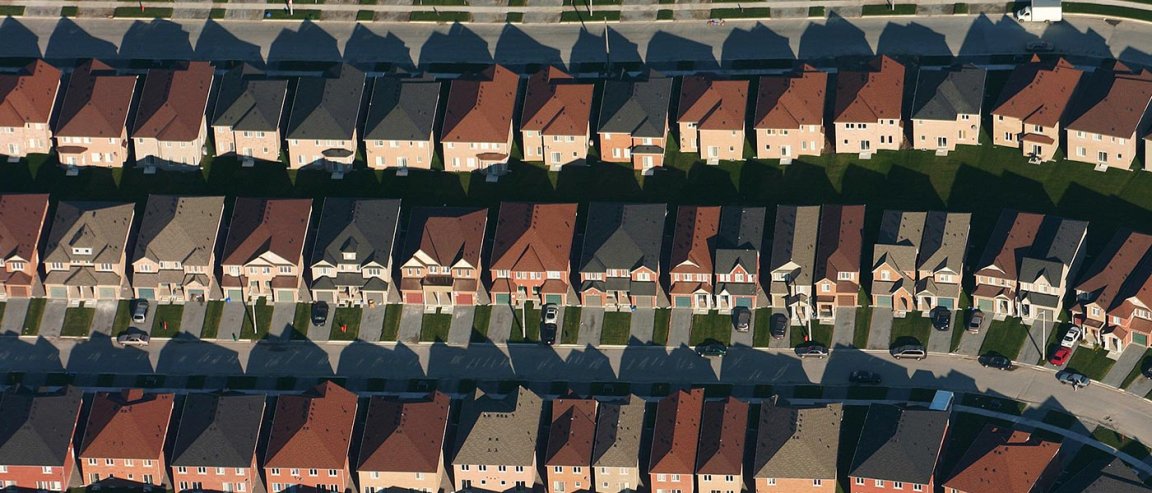
Too Many People?
August 8 this year marked the Earth Overshoot Day, which essentially means that we have officially consumed far more than the Earth can replenish in a year. The Global Footprint Network estimates that the current population requires resources equivalent to that of over 1.6 Earths. And the UN projects that our population may balloon to upwards of 8.5 billion by 2030.
As the population grows, more and more lands are allocated for urbanization, taking up resources that could be used for agriculture and vegetation. On top of this, the wastes and pollution resulting from human activity speeds up the degradation and deterioration of resources.
Harvard University Graduate School of Design research professor Richard Forman and professor of sustainability science at Arizona State University Jianguo Wu wrote a call for global and regional urban planning approaches. They say that existing communities are built in the wrong places,”places that should have been allocated for nature and agriculture.
“Most settlements began on good agricultural soil near a body of fresh water and natural vegetation,” they wrote in Nature.
“Episodes of urban expansion therefore cover or pollute once-valuable natural resources at ever increasing range. Meanwhile, the exploding urban population is inundated with solid waste, wastewater, heat and pollutants.”
Where Do We Put Future Humans?
Although plans of colonizing Mars have been making the rounds lately, that plan is too far ahead and we need solutions here and now. The professors insist that a strategic, environment-driven urban planning system is the key to minimizing the impact of population growth, despite environmental protection being at the bottom of the pile when it comes to government priorities.
“Urban planning can slow such degradation, and even improve matters. But protecting natural and agricultural land, water bodies and biodiversity are rarely top priorities for municipal governments. Planners focus on creating jobs, housing, transport and economic growth,” they wrote.
They say that strategically pinpointing locations for settlements must be environment-conscious: “It must consider which areas are best placed to support higher populations without greatly increasing the already heavy ecological footprint on our finite Earth.”
After ruling out areas with harsh conditions as well as areas more suitable for natural reserves, according to the professors, these areas have the most suitable locations for building human communities: South America, southern Canada, north and eastern United States, south-central Africa, north of the Himalayas and an area from the Black Sea to north China, and Oceania.

Regardless of which argument people convoke in an attempt to “debunk” overpopulation as a problem, strategic urban planning would benefit the quality of living for all, if executed properly. However, this cannot easily be done without international cooperation, policies, and proper implementation.
“Society must think globally, plan regionally, then act locally,” they add.